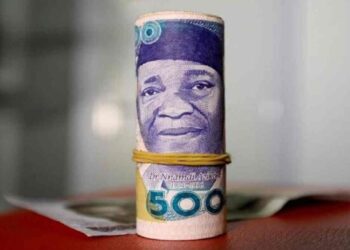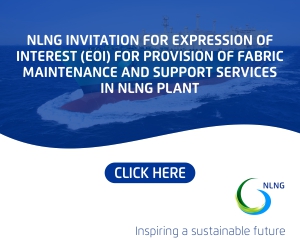Nigeria received $17.57 billion in direct diaspora remittances between January and November 2019. Data obtained from the Central Bank of Nigeria (CBN) revealed.
The latest data published by the apex regulator stated that the remittances rose by 56.4% when it increased from $11.23 billion within the same period in 2018 to $17.57 billion in 2019.
Remittances are funds transferred from migrants to their home countries. For many developing nations, remittances from citizens working abroad provide a financial source of much-needed funds.
[READ MORE: Nigeria spends $1.31 billion to service external debt in 2019)
The trend in a decade
Nairametrics found that remittances in the last 10 years have been up by 210.3%, as the figure jumped from $5.66 billion in 2010 to $17.57 billion as at November 2019.
- Data collected from the apex bank official website disclosed that diaspora remittances into the nation’s economy continued to soar amidst a series of foreign exchange reforms, which attracted capital inflow.
- In 2010, Nigeria received $5.66 billion as direct diaspora remittances. Two years later, there was a dip in the country’s remittances as $2.20 billion remittances were recorded in 2013.
- Direct remittances inflow picked in 2014, as Nigeria received a total of $8.15 billion.
- Fast forward to 2018, direct remittances rose to $17.57 billion. This implies that direct remittances inflow into Nigeria rose by 210.3% in a decade.

Remittances continue to edge out FDI, FPI others
The Nigerian economy is opened to the global space and to several sources of financial flows, which include export revenue, capital flows, remittances, Official Development Assistance (foreign aid), loans, grants and so on.
In a recent report, the World Bank stated that in the period of the financial crisis, remittance-receiving countries with a more dispersed migrant population enjoyed more than their counterparts.
A quick check into capital importation data showed that Foreign Direct Investment (FDI), which is a major component of Nigeria’s capital importation fell from $2.27 billion in 2014 to $1.19 in 2018.
Similarly, the breakdown shows that Portfolio Investment and other investments dropped from $20.7 billion in 2014 to $16.8 billion in 2018. This means that while other sources of financial inflows in Nigeria dropped in recent years, remittances inflow continue to rise.
Has Nigeria benefitted from remittances inflow yet?
In Nigeria, while the CBN had licensed International Money Transfer Operators, it monitors legitimate foreign currency, especially dollar inflow into the country.
Some operators licensed by the CBN are TRANS-Fast Remittance, Worldremit Limited, UAE Exchange Center LLC, Wari Limited and Home Send S.C.R.L.
In a recent report, PwC disclosed that remittances from abroad could strengthen Nigeria’s economy with an estimated amount of $34.8 billion by 2023. Meanwhile, the question some government critics ask is whether the economy has in any way benefitted from the huge inflows of remittances.
Recently speaking to Nairametrics, the Chief Economist for Businessday, Nonso Obikili (PhD), stated that although remittances have been on a steady rise for over a decade, they are still a small fraction of the foreign exchange inflows.
“Remittances have been steady and rising slowly for over a decade but. They are still a small fraction of FX inflows. Crude oil is still the dominant source and so fluctuations in crude oil prices still have effects on the currency. This doesn’t mean that remittances have no effect but because they don’t fluctuate so you tend to not see those effects.
“When someone sends you money from abroad, the bank does not have to carry those dollars to Nigeria to give you. They can credit you naira and then use those dollars to fulfill some other obligation there, like if someone wired money abroad for school fees for instance. That’s what financial intermediation is all about.”
Meanwhile, it has been widely established that the officially recorded remittances into the country are much lower than the actual remittances that take place through unofficial channels. This means a chunk of Nigeria’s remittances flows through the unofficial channels.




















wow, well done sir. learnt a lot
IAM PhD student and my proposal is on remittance, how can be getting this type of information to up date my work.